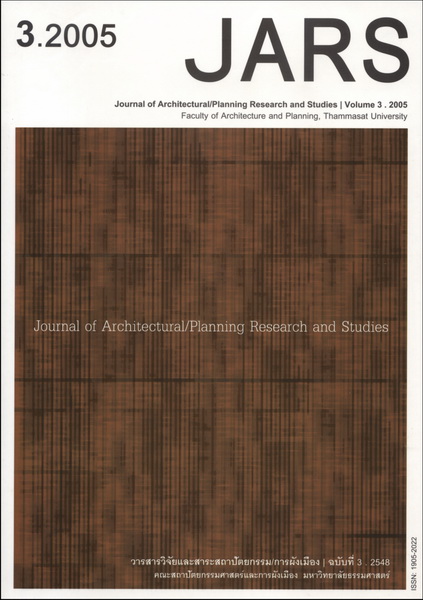Convergence or Parallel between Poll and Survey Research
Main Article Content
Abstract
Poll and survey research are the discourse representations or typicality of media texts. Although,
they reflect the public opinion or the public thought about something or some phenomena, they are the
parallel with convergence. They are not the permanent convergence or longitudinal parallel of each other.
Their important cores consist of the representative principle, data principle, key informants, instruments,
and data processing and analyzing. In the opposite, they are parallel about topic or research problem,
background, objectives, benefits, the objectivity, and generalization. For reporting, poll and survey research
are convergent by scientific techniques but parallel by language or rhetoric. Poll often uses mass media to
represent its rhetoric of opinion in the public but survey research does not.
Downloads
Article Details

This work is licensed under a Creative Commons Attribution-NonCommercial-NoDerivatives 4.0 International License.
All material is licensed under the terms of the Creative Commons Attribution 4.0 International (CC-BY-NC-ND 4.0) License, unless otherwise stated. As such, authors are free to share, copy, and redistribute the material in any medium or format. The authors must give appropriate credit, provide a link to the license, and indicate if changes were made. The authors may do so in any reasonable manner, but not in any way that suggests the licensor endorses you or your use. The authors may not use the material for commercial purposes. If the authors remix, transform, or build upon the material, they may not distribute the modified material, unless permission is obtained from JARS. Final, accepted versions of the paper may be posted on third party repositories, provided appropriate acknowledgement to the original source is clearly noted.
References
ธัญลักษณ์ เหลืองวิสุทธิ์. (2543). วรรณกรรมโพล: วิทยาศาสตร์ความจริง และโวหารของการวิจัยเชิงสำรวจ. กรุงเทพฯ: สำนักพิมพ์วิภาษา.
บุญธรรม กิจปรีดาบริสุทธิ์. (2534). ปทานุกรมการวิจัย Research Handbook of Research Methods. กรุงเทพฯ: มหาวิทยาลัยมหิดล.
ผ่องพันธ์ ไตรมงคลกูล และสุภาพ ฉัตราภรณ์. (2543). การออกแบบการวิจัย Research Design. กรุงเทพฯ: สำนักพิมพ์มหาวิทยาลัยเกษตรศาสตร์.
Babbie, E. (1998). The Practice of Social Research. London: Cambridge University Press.
Fife-Schaw, C. (1995). Questionnaire Design. Research Method in Psychology. California: SAGE Publications. 174-192.
Fowler Jr.,F.J. (1988). Survey Research Methods. California: SAGE Publications.
พรพรรณ วีระปรียากูร. (2546) ระเบียบวิธีวิจัย: จากหลักการสู่การปฏิบัติ. นครราชสีมา: สมบูรณ์พริ้นติ้ง.
พรพรรณ วีระปรียากูร. (2546). ขนาดของกลุ่มตัวอย่างในการวิจัย. วารสารวิชาการมหาวิทยาลัยวงษ์ชวลิตกุล. 2 (พฤษภาคม), 51-55.
Kerlinger, F. (1973). Foundation of Behavioral Research. New York: Holt Rinepart Winston.
Krejcie, Robert V. and Morgan, Earyle W. (1970). Educational and Psychological Measurement.
Yamane, Taro. (1967). Statistics: An Introductory Analysis. New York: Harper and Row.
พรพรรณ วีระปรียากูร. (2547). เอกสารประกอบการสอนวิชาวิทยานิพนธ์. หลักสูตรสถาปัตยกรรมศาสตรมหาบัณฑิต คณะสถาปัตยกรรมศาสตร์ มหาวิทยาลัยธรรมศาสตร์ศูนย์รังสิต.


